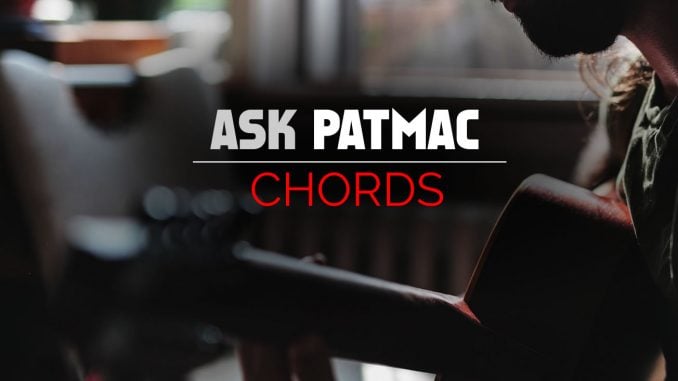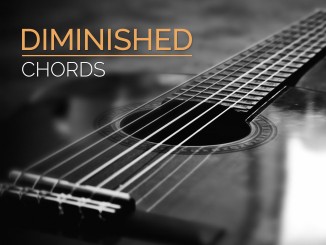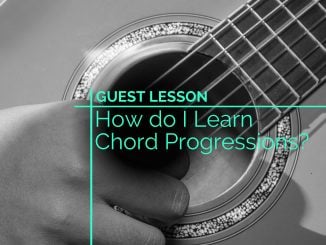
Question
I am trying to learn some theory and got confused about a statement that was made by an on-line instructor. I had been using CAGED theory as the basis to connect octaves, scales, and chords up and down the neck, until I ran into this instructor’s quote:
“….If you’ve been using CAGED all along, you’re doing it wrong. There’s only two master voicings, not 5. Each fits three string-groups in two chord qualities: minor and major. So all said, there’s 12 voicings….”
In layman’s terms, would you be so kind as to try to explain this to me so I can understand it? Thank you. I like your site.
Answer
As with many guitar instructional tips, there is truth to the information he presented. If you follow the patterns, E major, A major, and D major are the same voicing pattern. They only adjust to a slightly different grip because the tuning differs between strings 2 and 3.
Similarly, C and G follow the same note pattern in the same way.
This information is not very useful for physically learning the grips since you probably want to memorize all the CAGED grips and how to move them on the fretboard. However, this information is useful when modifying the grips to make other chords. For example, you can lower the 3rd to make a minor chord.
I recommend reading my lesson on Chord Construction and its section on “2 Practical Formulas for the Most Common Chords”
So where did he get 12 voicings? He’s grouping the E and G forms (as I’ll call them) in four string groups (6-5-4-3, 5-4-3-2, and 4-3-2-1). So that gives us 3 for the E form and 3 for the G form. Then he’s saying that you can modify the 3rd of those patterns to create minor chords. That doubles the count to 12. The problem is that there are more string groupings. For example, this method does not address skipped-string voicings. It’s instructive to understand, but I recommend reading the Chord Construction lesson before figuring out which shortcuts help you play efficiently.





Leave a Reply